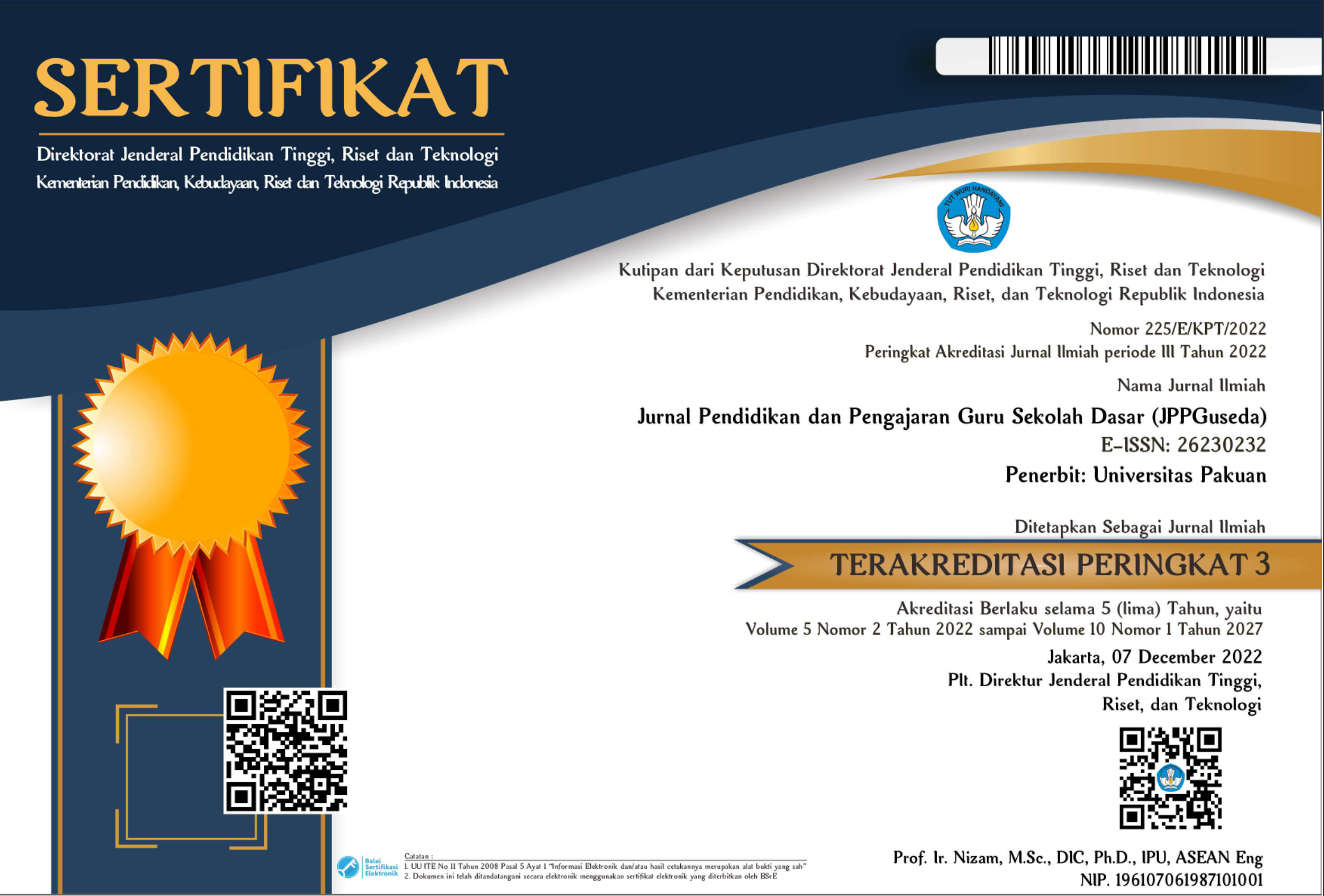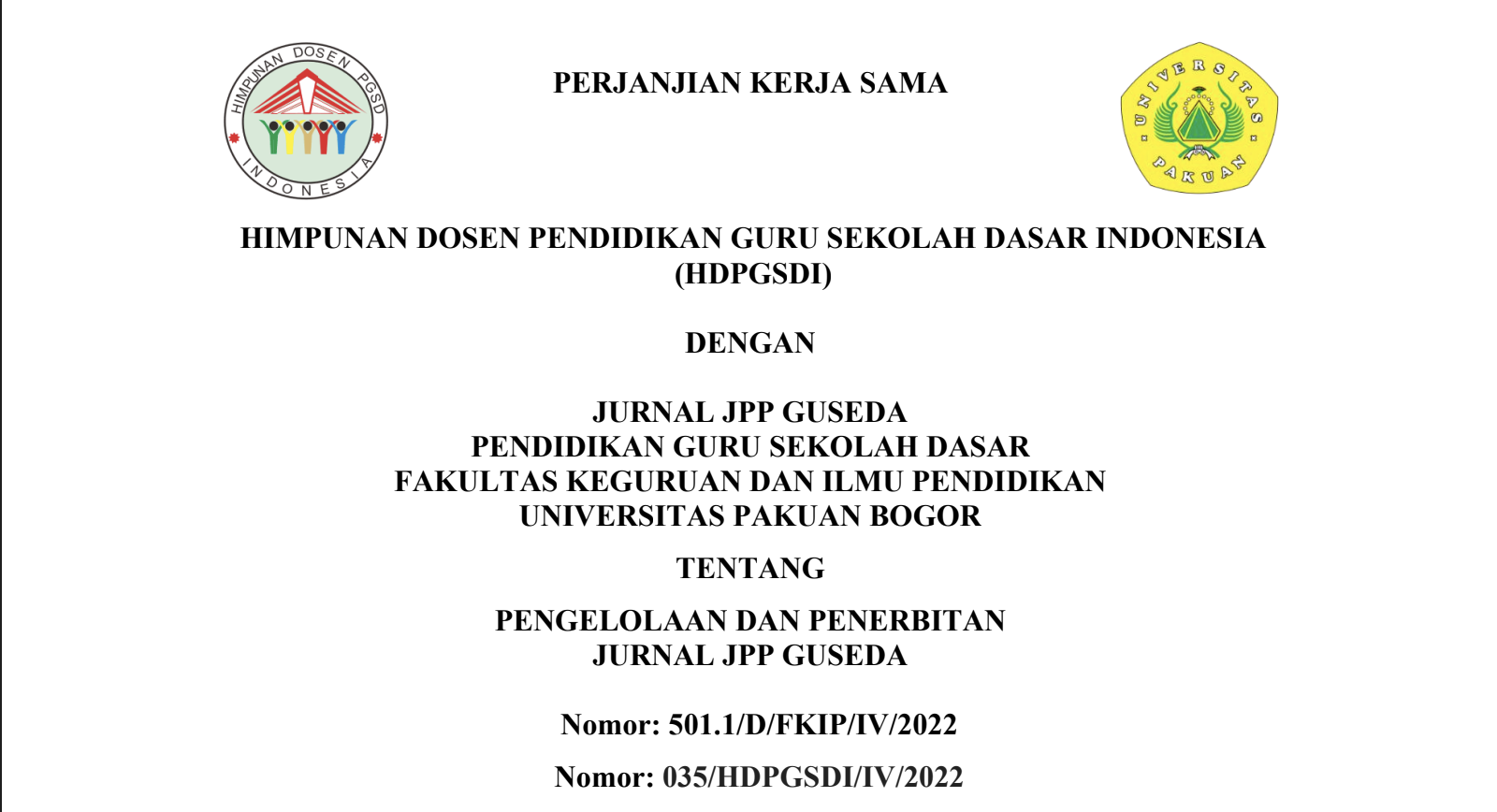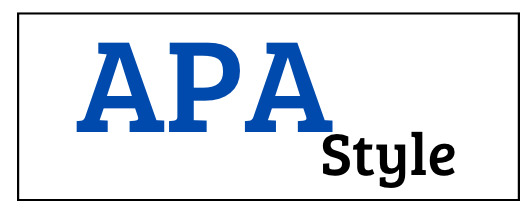Effectiveness Of The Sets Learning Model On Elementary School Students Concept Application Abilities
Abstract
The problem that occurs is that the learning process still uses conventional learning models which are monotonous, only listening, seeing, taking notes, and not always using practice so that it does not provide a strong understanding and is not impressive. Most students are less sensitive to the conditions that occur in their environment, which makes it difficult for students to feel the ability to apply concepts. This research aims to determine the effectiveness of the Science Environment Technology and Society (SETS) learning model on Elementary School Students' Concept Application Ability. Using quantitative methods, Quasi Experimental research type. The population is class IV students at SDN Kadudampit. The sampling technique uses Stratified Random Sampling, namely class IV samples have two class groups, namely class A as the experimental class and class B as the control class. Data collection uses a 10-question multiple choice test. Data analysis using the two independent sample t test obtained a sig value. 0.023 < 0.05 then Ha in this study is accepted, namely that there is a significant difference between the experimental class and the control class. And testing effectiveness using the N-gain Score test produced an average score for the experimental class of 67.41% in the "Quite Effective" category, while the control class average was 50.2% in the "Less Effective" category. So it can be concluded that there is effectiveness of the Science Environment Technology and Society (SETS) learning model on Elementary School Students' Concept Application Ability.
Keywords
References
Afana, R. M. N. (2021). Pengaruh Pendekatan Lingkungan Terhadap Kemampuan Berpikir Kritis Pada Muatan Ipa Siswa Kelas V Sdn Gondo 01. http://repository.unissula.ac.id/23790/2/34301700040_fullpdf.pdf
Andrian, A. (2017). Upaya Pembinaan Fisik Dan Mental (Pfm) Dalam Membangun Kedisiplinan Siswa Di Smk Pgri 3 Cimahi. Untirta Civic Education Journal, 2(2), 132–155. https://doi.org/10.30870/ucej.v2i2.2806
Astuti, A. (2022). Pengaruh Motivasi Belajar Siswa Terhadap Hasil Belajar Pembelajaran IPA Siswa Kelas IV SD Negeri 22 Jerae Kecamatan Lalabata Kabupaten Soppeng. Pinisi Journal Of Education, 7.
Berlian, M., Deswanti, R., Syafaren, A., & Putri, R. A. (2022). Analisis Kemampuan Kognitif Siswa pada Pembelajaran IPA di SMP Negeri 02 Rumbio Jaya. Bedelau: Journal of Education and Learning, 3(2), 84–93.
Guilford. (2022). Pengembangan Kurikulum Merdeka.
Gunawan, I., & Paluti, A. R. (2017). Taksonomi Bloom – Revisi Ranah Kognitif. E-Journal.Unipma, 7(1), 1–8. http://e-journal.unipma.ac.id/index.php/PE
Habsah, I., & Habiby, M. N. A. (2024). Application of Domino Card Media To Increase Learning Activity At Elementary School. 7(1), 226–233.
Jannah, I. K., Mahanal, S., & Mashfufah, A. (2023). Analisis Tingkat Kognitif Soal Asesmen Sumatif Akhir Semester I (ASAS I) IPA Berbasis Jenis Soal AKM berdasarkan Taksonomi Bloom di Kelas V SD Swasta Kota Malang. JIIP - Jurnal Ilmiah Ilmu Pendidikan, 6(2), 806–810. https://doi.org/10.54371/jiip.v6i2.1633
Novita, L., Talitha, S., Rohimah, R., Sundari, F. S., & Purnamasari, R. (2024). Independent Curriculum Management Through Developing Teaching Modules on Style Materials. AL-ISHLAH: Jurnal Pendidikan, 16(2), 1275-1288.
Poedjiadi, prof. D. A. (2019). Sains teknologi masyarakat. PT Remaja Rosdakarya Offset Bandung.
Praseptia, D., & Zulherman, Z. (2021). Pengaruh Model Pembelajaran Picture and Picture Terhadap Peningkatan Prestasi Belajar Siswa Sekolah Dasar. EDUKATIF: Jurnal Ilmu Pendidikan, 3(5), 3018–3025. https://edukatif.org/index.php/edukatif/article/view/1073
Putri, I. A., Widiyanto, R., & Mahmud, M. (2022). Efektivitas Model Pembelajaran SETS Terhadap Kemampuan Berpikir Kritis pada Siswa Berkemampuan Rendah (Single Subject Research). Elementar : Jurnal Pendidikan Dasar, 1(2), 141–160. https://doi.org/10.15408/elementar.v1i2.20546
Rahmah, S., Yuliati, L., & Irawan, E. B. (2017). Penguasaan Konsep Ipa Pada Siswa Sekolah Dasar. Prosiding Seminar Nasional PS2DMP ULM, 3(1), 35–40.
Retnowati, S., Rahayu, U., & Sarmini, S. (2023). Pengaruh Penerapan Model Problem Based Learning Terhadap Motivasi Dan Peningkatan Hasil Belajar Ilmu Pengetahuan Alam Kelas Vi Sd Gugus Iii Sekupang Batam. Jurnal Dedikasi Pendidikan, 7(1), 39–50. https://doi.org/10.30601/dedikasi.v7i1.3161
Ridho, M. R., & Basri, W. (2023). the Influence of the Discovery Learning Model on Learning Outcomes in History Subjects. Jurnal Scientia, 9(11), 9438–9446. http://seaninstitute.org/infor/index.php/pendidikan/article/view/1507%0Ahttp://seaninstitute.org/infor/index.php/pendidikan/article/download/1507/1217
Riffalah, H., Erlina, E., & Ulfah, M. (2022). Efektivitas Penerapan Pembelajaran Berbasis Sets Terhadap Hasil Belajar Siswa Smpit Nurul Wahdah Pontianak. Jurnal Pendidikan Dan Pembelajaran Khatulistiwa (JPPK), 11(4), 1–9. https://doi.org/10.26418/jppk.v11i4.54304
Sugiyono, P. D. (2022). Metode Penelitian Kuantitatif, Kualitatif, Dan R&D. ALFABETA cv.
Sukma, S., Uswatun, D. A., & Sutisnawati, A. (2020). Jurnal Utile Penerapan Model Inside Outside Circle Untuk Meningkatkan Keterampilan terdiri dari lima langkah , yaitu : mengamati , menekankan pada aktivitas peserta didik melalui kegiatan mengamati , mennanya , Ilmu Pengetahuan Alam ( IPA ) berhubungan de. VI.
Suratno, Muazza, Murboyono, R., & Guspita, D. (2023). What is the effect of learning models and interests on study results? Cakrawala Pendidikan, 42(3), 804–814. https://doi.org/10.21831/cp.v42i3.52342
Taniatara, M. B., & Wulandari, F. (2024). Pengaruh Model Pembelajaran Kooperatif Jigsaw Tipe II terhadap Kemampuan Penalaran Sains Siswa dalam Kurikulum Merdeka di Sekolah Dasar. 3, 1–13.
Therapy, C., Gordon, V., Meditation, C., VanRullen, R., Myers, N. E., Stokes, M. G., Nobre, A. C., Helfrich, R. F., Fiebelkorn, I. C., Szczepanski, S. M., Lin, J. J., Parvizi, J., Knight, R. T., Kastner, S., Wyart, V., Myers, N. E., Summerfield, C., Wan-ye-he, L. I., Yue-de, C. H. U., … No, S. (2018). Meningkatkan Hasil Belajar Ipa Materi Gaya Menggunakan Metode Demonstrasi Pada Siswa Kelas IV SDN Bedus Tahun Pelajaran 2017/2018. Jurnal Ilmiah Mandala Education, ث ققثق(ثق ثقثقثق), ثقثقثقثق. http://search.ebscohost.com/login.aspx?direct=true&db=sph&AN=119374333&site=ehost-live&scope=site%0Ahttps://doi.org/10.1016/j.neuron.2018.07.032%0Ahttp://dx.doi.org/10.1016/j.tics.2017.03.010%0Ahttps://doi.org/10.1016/j.neuron.2018.08.006
Widiantini, N. N. A. S., Putra, M., & Wiarta, I. W. (2017). Model Pembelajaran Sets (Science, Environment, Technology, Society) Berbantuan Virtual Lab Berpengaruh Terhadap Kompetensi Pengetahuan Ipa. Journal of Education Technology, 1(2), 141. https://doi.org/10.23887/jet.v1i2.11776
Wulandari, F. E. (2016). Pengaruh Model Pembelajaran Berbasis Proyek untuk Melatihkan Keterampilan Proses Mahasiswa. Pedagogia : Jurnal Pendidikan, 5(2), 247–254. https://doi.org/10.21070/pedagogia.v5i2.257
Yuhadi, I. (2017). Korelasi Antara Surat Al-Nahl 78 Dengan Gaya Belajar Manusia. Al-Majaalis : Jurnal Dirasat Islamiyah, 5(1), 57–79. https://doi.org/10.37397/almajaalis.v5i1.74
DOI: 10.55215/jppguseda.v7i2.9988
 Abstract views : 320
Abstract views : 320
Refbacks
- There are currently no refbacks.
Copyright (c) 2024 Jurnal Pendidikan dan Pengajaran Guru Sekolah Dasar (JPPGuseda)

This work is licensed under a Creative Commons Attribution-NonCommercial 4.0 International License.




















